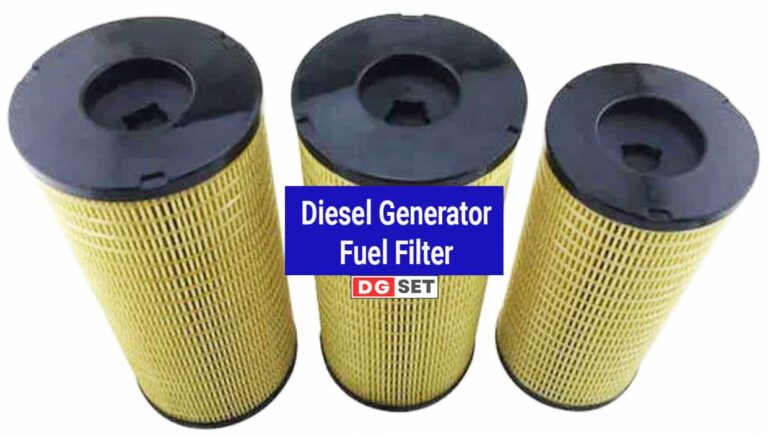A Comprehensive Guide: How to Change the Fuel Filter on a Diesel Generator
A diesel generator is a reliable source of backup power for various applications. To ensure its smooth and efficient operation, regular maintenance is crucial. One essential maintenance task is changing the fuel filter. The fuel filter helps protect the engine from contaminants and debris that can harm its performance. In this article, we will provide you with a step-by-step guide on how to change the fuel filter on a diesel generator. By following these instructions, you can maintain the optimal performance and longevity of your generator.
Step 1: Understanding the Fuel Filter
Before diving into the process of changing the fuel filter, it is essential to understand its purpose and function. The fuel filter is responsible for removing impurities, such as dirt, rust, and water, from the fuel before it reaches the engine. By preventing these contaminants from entering the engine, the fuel filter plays a vital role in protecting its components and ensuring proper combustion.
Step 2: Gathering the Necessary Tools and Materials
To successfully change the fuel filter on your diesel generator, gather the following tools and materials:
New fuel filter: Ensure that you have the correct filter for your generator model.
Safety goggles and gloves: These will protect your eyes and hands from any potential fuel spills or splashes.
Rags or absorbent material: These will come in handy for cleaning up any fuel spills.
Wrenches or socket set: You'll need these to loosen and tighten the filter housing.
Drain pan or container: This will be used to catch any fuel that may spill during the process.
Step 3: Preparing for the Fuel Filter Change
Safety first: Always ensure the generator is turned off and the engine is cool before starting any maintenance tasks.
Locate the fuel filter: Depending on your generator model, the fuel filter is typically situated between the fuel tank and the engine. Refer to your generator's user manual for precise instructions.
Step 4: Changing the Fuel Filter
Step-by-step instructions:
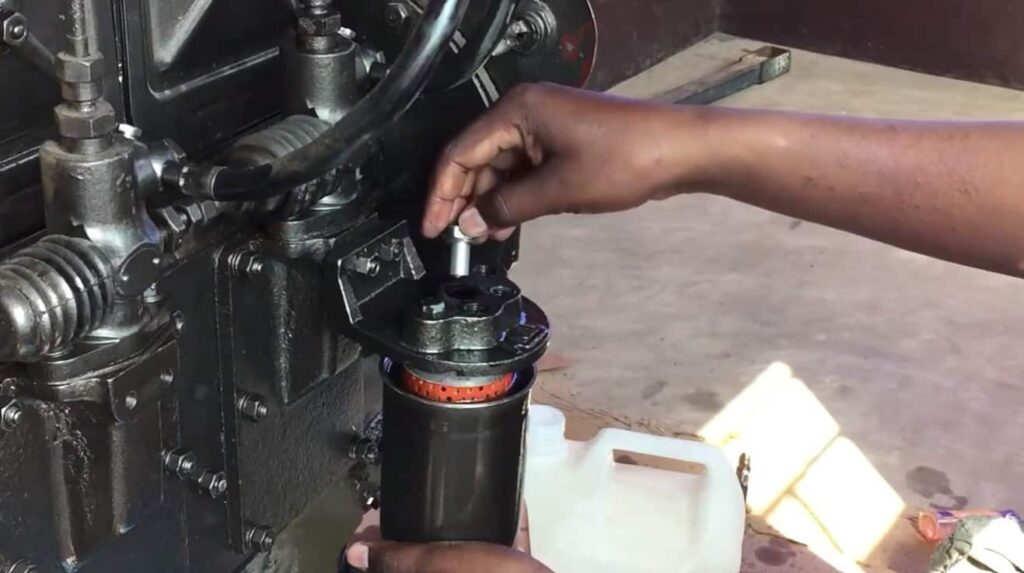
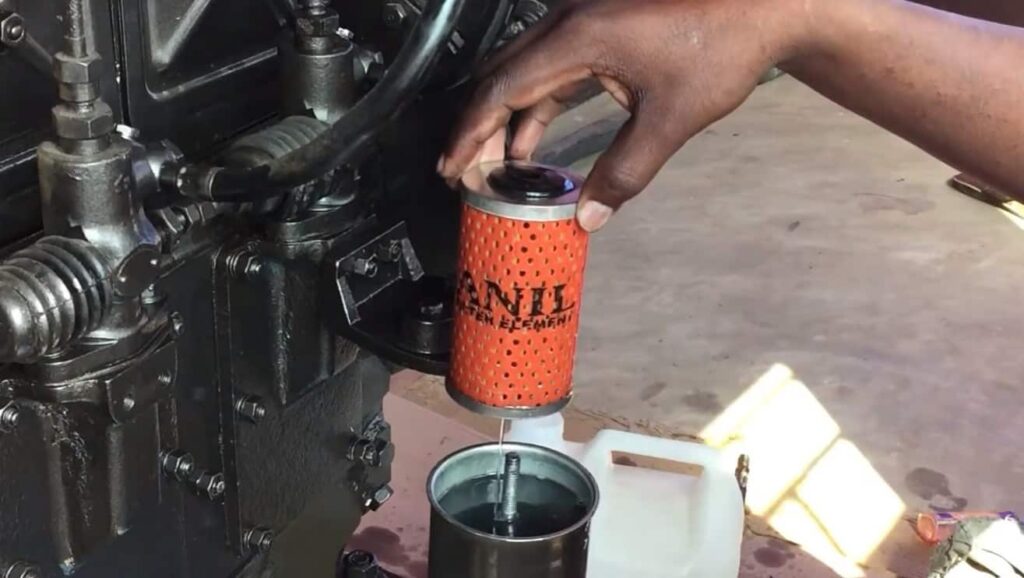

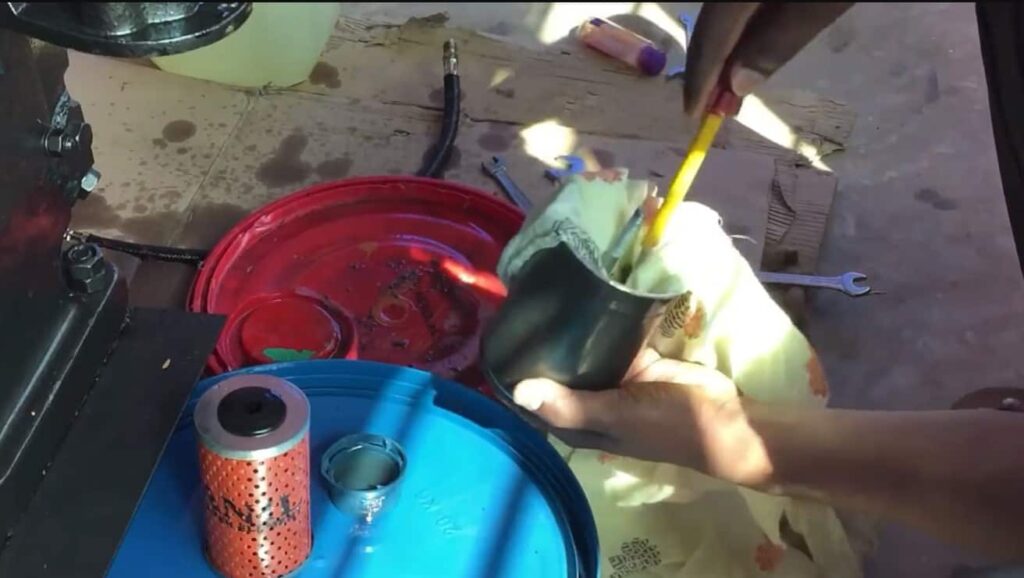
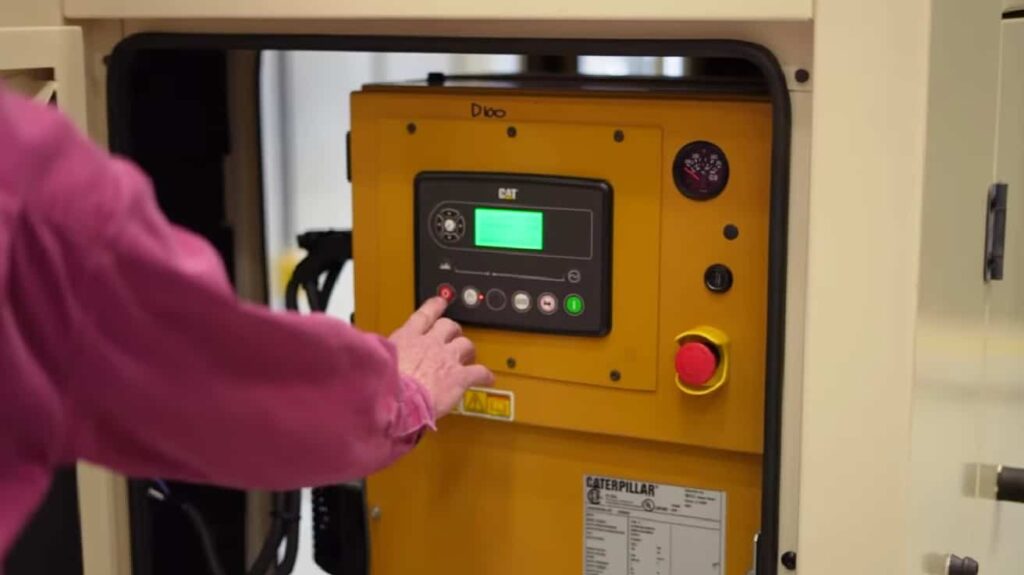
a. Position the drain pan or container beneath the fuel filter housing to catch any fuel that may spill.
b. Carefully loosen the vent cap on top of the filter housing to release any pressure.
c. Using a wrench or socket set, loosen the bolts or fittings securing the fuel lines to the filter housing. Be cautious as fuel may spill during this step.
d. Once the fuel lines are disconnected, remove the bolts or fittings completely and carefully set them aside.
e. With the fuel lines disconnected, use the appropriate wrench or socket to loosen the filter housing. Turn it counterclockwise until it is loose enough to remove by hand.
f. Slowly and steadily remove the filter housing, ensuring any remaining fuel is collected by the drain pan.
g. Take note of the orientation of the old fuel filter before removing it. This will help ensure proper installation.
h. With the old filter removed, inspect the filter housing for any signs of debris or contamination. If necessary, clean the housing using a rag or absorbent material.
i. Take the new fuel filter and apply a thin coat of clean diesel fuel to the rubber gasket or O-ring to ensure a proper seal.
j. Carefully insert the new fuel filter into the filter housing, aligning it with the correct orientation observed from the old filter.
k. Firmly tighten the filter housing by turning it clockwise. Ensure it is securely in place, but avoid overtightening to prevent damage.
l. Reattach the fuel lines to the filter housing by aligning the fittings and tightening the bolts or fittings using a wrench or socket set. Take care to avoid cross-threading.
m. Double-check that all connections are secure and tight.
n. Close the vent cap on top of the filter housing.
o. Dispose of the old fuel filter and any fuel-soaked rags or materials safely and responsibly.
p. Clean up any spilled fuel using the rags or absorbent material, ensuring the area around the generator is free from fuel residue.
q. Finally, inspect the fuel lines and connections for any signs of leakage or damage. If any issues are found, address them promptly before restarting the generator.
Step 5: Testing and Final Steps
- With the fuel filter successfully changed, it is essential to test the generator to ensure proper functionality.
- Start the generator and allow it to run for a few minutes, observing for any fuel leaks or irregularities in performance.
- Monitor the generator during its operation to ensure it is running smoothly and the fuel system is functioning correctly.
- Once you are satisfied with the generator's performance, turn it off and clean up any tools or materials used during the process.
- Document the date of the fuel filter change for future reference.
Conclusion:
Regularly changing the fuel filter on your diesel generator is a vital maintenance task to safeguard its performance and longevity. By following the step-by-step guide provided in this article, you can confidently change the fuel filter and ensure the smooth operation of your generator. Remember to prioritize safety by wearing appropriate protective gear and adhering to all safety precautions. With proper maintenance, your diesel generator will continue to provide reliable backup power when you need it most.
Symptoms of a Bad Diesel Fuel Filter: Recognizing Warning Signs
A diesel fuel filter plays a vital role in protecting the engine from contaminants and debris that can hinder its performance. Over time, the fuel filter can become clogged or damaged, causing a variety of issues. It is essential to recognize the symptoms of a bad fuel filter in order to address the problem promptly. In this article, we will discuss common warning signs that indicate a diesel fuel filter may need attention.
Decreased Engine Performance:
A clogged fuel filter can restrict the flow of fuel to the engine, resulting in reduced power and overall performance. If you notice a decrease in acceleration, sluggishness, or difficulty starting the engine, it may be a sign of a clogged fuel filter.
Engine Stalling or Rough Idling:
A contaminated or partially blocked fuel filter can disrupt the fuel supply, leading to engine stalling or rough idling. If your diesel engine frequently stalls, especially when idling or under load, it could indicate a problem with the fuel filter.
Fuel Efficiency Issues:
A fuel filter that is not functioning correctly can affect fuel efficiency. If you find that your diesel vehicle or generator is experiencing a significant decrease in fuel economy, it may be due to a clogged fuel filter.
Misfires or Hesitation:
When a fuel filter becomes obstructed, the engine may experience misfires or hesitation during acceleration. This occurs when the fuel flow to the combustion chambers is disrupted, resulting in a loss of power and uneven performance.
Difficulty Starting:
A diesel engine with a bad fuel filter may be difficult to start, particularly after the vehicle or generator has been sitting for a while. Insufficient fuel flow caused by a clogged filter can make the starting process challenging.
Illuminated Check Engine Light:
In some cases, a clogged or malfunctioning fuel filter can trigger the check engine light on the dashboard. The onboard diagnostic system may detect fuel-related issues and illuminate the warning light, indicating the need for attention.
Contaminated Fuel:
If you notice visible contaminants, such as dirt or particles, in your fuel, it could be an indication that your fuel filter is not effectively removing impurities. It is crucial to address this issue promptly to prevent further damage to the engine.
Do you need to change fuel filter on diesel
Yes, it is necessary to change the fuel filter on a diesel engine. The fuel filter plays a critical role in removing contaminants and debris from the fuel before it reaches the engine. Over time, the filter can become clogged, leading to restricted fuel flow and potential damage to the engine. Regularly changing the fuel filter ensures optimal engine performance, fuel efficiency, and helps prevent costly repairs in the long run. It is recommended to follow the manufacturer's guidelines for the recommended interval for fuel filter replacement.
Change the Fuel Filter on a Diesel Generator - FAQs
How often should I change the fuel filter on my diesel generator?
The frequency of fuel filter changes can vary depending on the generator model, usage, and operating conditions. It is recommended to consult the manufacturer's guidelines or the generator's user manual for specific recommendations. As a general guideline, fuel filters are typically replaced every 500 to 1,000 hours of operation or annually, whichever comes first.
What are the consequences of not changing the fuel filter?
Failing to change the fuel filter on a diesel generator can lead to various issues. The filter can become clogged with contaminants, causing restricted fuel flow and reduced engine performance. This can result in decreased power output, difficulty starting the generator, rough idling, fuel efficiency problems, and even potential engine damage. Regular fuel filter changes help maintain optimal generator performance and prevent costly repairs.
How can I tell if my fuel filter needs to be changed?
There are several signs that indicate a fuel filter may need to be changed. Common symptoms include decreased engine performance, engine stalling or rough idling, fuel efficiency issues, misfires or hesitation during acceleration, difficulty starting, illuminated check engine light, and the presence of visible contaminants in the fuel. If you experience any of these symptoms, it is advisable to inspect and replace the fuel filter as needed.
Can I clean the fuel filter instead of replacing it?
Fuel filters are typically designed for replacement rather than cleaning. They are designed to capture and trap contaminants, and over time, the accumulated debris can hinder their effectiveness. While it may be possible to clean some types of fuel filters, it is generally recommended to replace them with new filters to ensure optimal performance and filtration efficiency.
Can I change the fuel filter myself, or should I seek professional assistance?
Changing the fuel filter on a diesel generator can be a relatively straightforward task for those with basic mechanical knowledge and experience. However, if you are unsure or uncomfortable performing the procedure, it is advisable to seek assistance from a qualified technician or follow the manufacturer's recommended service procedures. Ensuring proper installation and avoiding any damage to the fuel system is essential for the generator's reliable and safe operation.
What precautions should I take when changing the fuel filter?
When changing the fuel filter on a diesel generator, it is crucial to observe safety precautions. Ensure the generator is turned off and the engine is cool before starting any maintenance tasks. Wear safety goggles and gloves to protect against fuel spills or splashes. Use a drain pan or container to catch any fuel that may spill during the process. Follow proper fuel handling procedures and dispose of the old fuel filter and any fuel-soaked materials responsibly. Always refer to the generator's user manual for specific instructions and safety guidelines.
Can I use any fuel filter for my diesel generator?
It is important to use the correct fuel filter that is compatible with your specific diesel generator model. Different generators may have different fuel filter requirements in terms of size, filtration specifications, and compatibility with the fuel system. Using the wrong fuel filter can lead to inadequate filtration, potential fuel system damage, and compromised engine performance. Always consult the generator's user manual or contact the manufacturer to ensure you select the appropriate fuel filter for your specific generator model.
Is it recommended to bleed the fuel system after changing the fuel filter?
Bleeding the fuel system is generally recommended after changing the fuel filter to remove any air trapped in the fuel lines. Air in the fuel system can disrupt fuel flow and cause starting issues or rough engine operation. Consult the generator's user manual for the specific procedure to bleed the fuel system and ensure proper fuel circulation before starting the generator.

